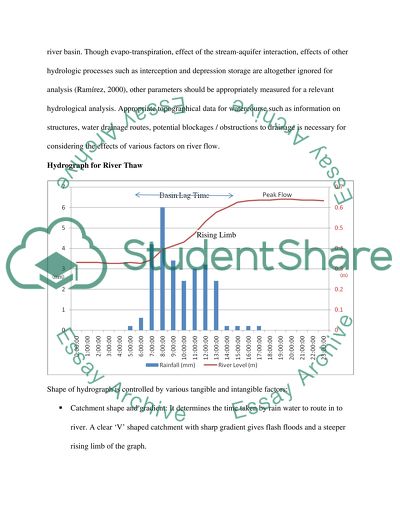Cite this document
(Storm Drainage Design Coursework Example | Topics and Well Written Essays - 1500 words, n.d.)
Storm Drainage Design Coursework Example | Topics and Well Written Essays - 1500 words. https://studentshare.org/engineering-and-construction/1549885-storm-drainage-design-project
Storm Drainage Design Coursework Example | Topics and Well Written Essays - 1500 words. https://studentshare.org/engineering-and-construction/1549885-storm-drainage-design-project
(Storm Drainage Design Coursework Example | Topics and Well Written Essays - 1500 Words)
Storm Drainage Design Coursework Example | Topics and Well Written Essays - 1500 Words. https://studentshare.org/engineering-and-construction/1549885-storm-drainage-design-project.
Storm Drainage Design Coursework Example | Topics and Well Written Essays - 1500 Words. https://studentshare.org/engineering-and-construction/1549885-storm-drainage-design-project.
“Storm Drainage Design Coursework Example | Topics and Well Written Essays - 1500 Words”. https://studentshare.org/engineering-and-construction/1549885-storm-drainage-design-project.


